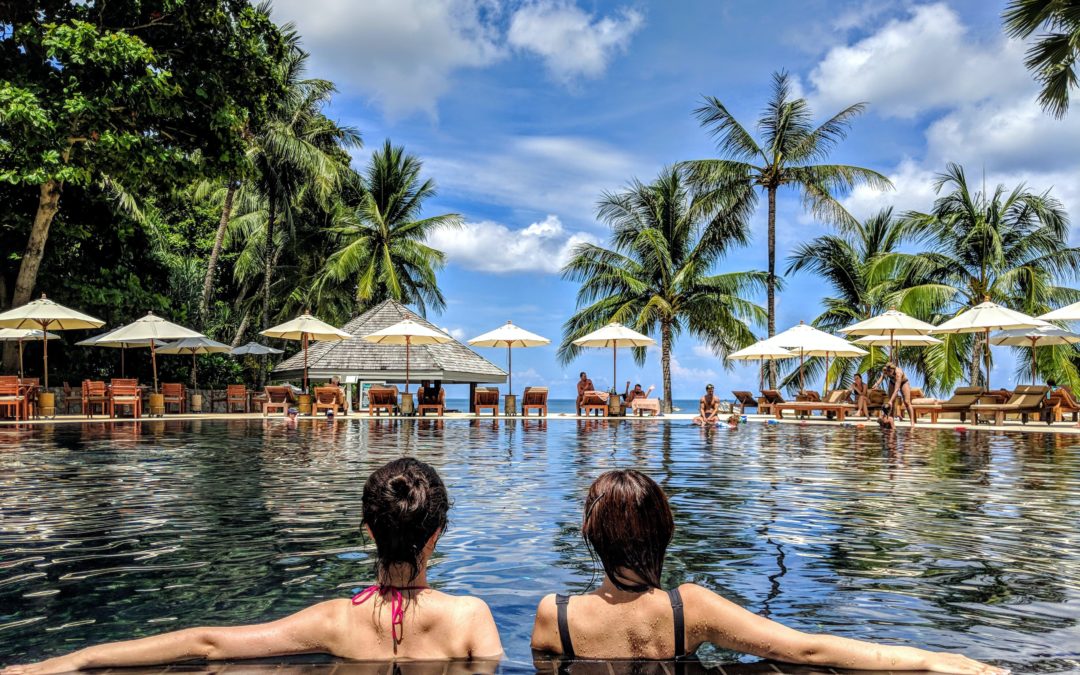For many of us, this is a new situation and the first time we’ve experienced mandatory face masks, social distancing rules and grocery stores with one-way aisles. Most people have yet to stay in a hotel since the pandemic began. You need to let them know what this looks like, what you expect of them and what they should expect of your employees.
We as hoteliers are a different breed and this is where we can shine. We want people to feel welcomed, comfortable and safe while they are staying in our hotels. This is the communication playbook for what to do today to get ready for guests.
Step 1: Do your work and take a stand
What are your state and local laws? Are you going to go further? What are the laws for your guests on property? How will you enforce this? Are you ready for the repercussions, either way? When does the second reopening phase come? Write down these answers and share every expectation with your entire team. Set expectations and enforce them.
Step 2: Pre-stay communication
I applauded the early work of Hilton and its Hilton CleanStay with Lysol protection as a brilliant PR move. Not only did they get that message out early, but they found two incredible partners, the Mayo Clinic and Lysol. They did the work and they let you know what it looked like and when it would be implemented.
Create your COVID-19 statement
Are you open? What are the laws affecting your hotel? This is also a great place to mention any work you are doing to support your workforce and the community. Also mention any changes in your cancellation and rewards policies.
Share that statement wherever applicable
Your webmaster or brand can add a notification to your website for critical updates for your hotel. For branded hotels, there will be many policies dictated by the brand, but states and local governments are reacting to this differently. Owners are reacting to this differently. Put up YOUR message covering how your property is responding.
Third parties, like Google my Business, are an additional way to share temporary closures, openings and special restrictions in place and can be easily adjusted. Make a list of these locations and post them wherever possible and adjust as restrictions change.
Create the pre-stay messaging campaign
Most hotels send a pre-stay email a few days prior to guest check-in, and this is your opportunity to remind them of what to expect and what is expected of them. You’ve walked into a friend’s house before only to realize you are the only one with shoes on. Don’t make a guest feel put out; explain the experience.
Here’s an example: “We look forward to your stay on DATE. Please remember that masks and social distancing are required by law here in CITY. If you don’t have a mask, we are happy to provide you one before entering the hotel by calling our front desk at PHONE NUMBER. We have updated our employee policy; you will see that all of our employees will be wearing masks at all times, a screen in between you and the front-desk agent will be in place at check-in and we’re taking extra precautions by asking employees to wash their hands every hour. They will be disinfecting our highest-touch areas and won’t be operating any buffet breakfast options.”
Connecting with your guest before they arrive is the most critical point of communication, and always remember to ask if the guest has questions.
Step 3: Design on-property messaging
Hotels can be large, confusing places and we are already pros at wayfinding. All you need to do is make the small decisions for guests easy. For elevators, state max capacity clearly and determine a communication plan. State your mask policy outside before people enter the property. Place hand sanitizer in entryways. Communicate clearly any closed areas around the hotel. Don’t use white printer paper, call your local sign company. I promise they will design something nice and at reasonable cost quickly.
The guestroom is a key space to communicate what extra steps you’re taking for guest safety. Remove the guesswork. Let guests know what was done and what isn’t being done.
Step 4: Post-stay communication
The worst thing we can do is assume we know what people want or how they perceive our actions. Survey guests after their stay and beg them for their feedback as early and quickly as possible, whether it’s by phone or email. Ask whether they felt comfortable at the hotel, and whether any part of their stay made them feel uncomfortable or unsafe. Then fix it. We don’t know what the new normal is. We don’t know if guest cleanliness expectations have forever changed. What we do know, though, is how to dazzle our guests. This will be the main focus for the next 12-18 months.
Once you have done all these things, your employees, guests and potential guests will see you as a leader and a trusted partner in travel. I bet they will come back to you when things clear up, too.

